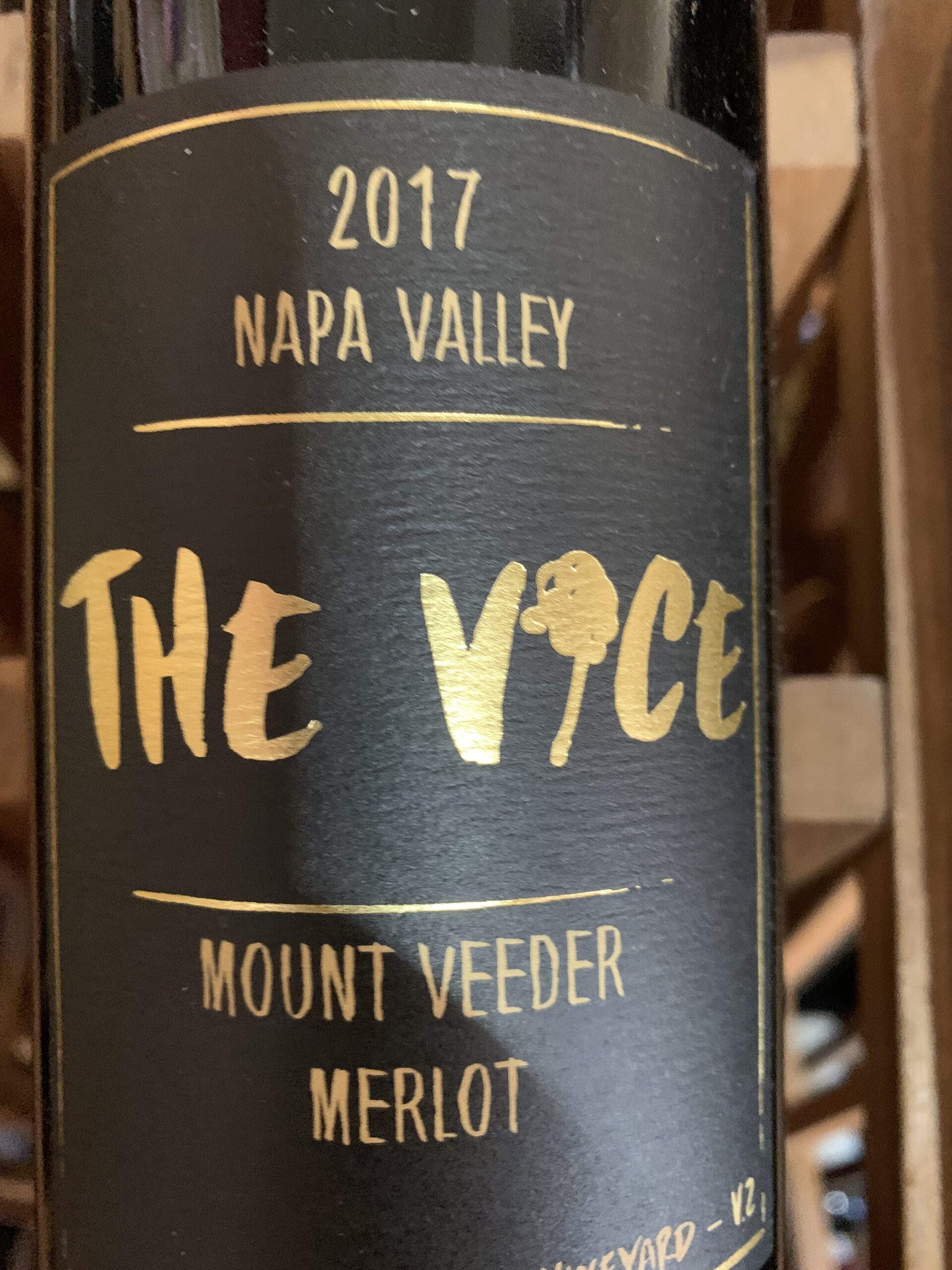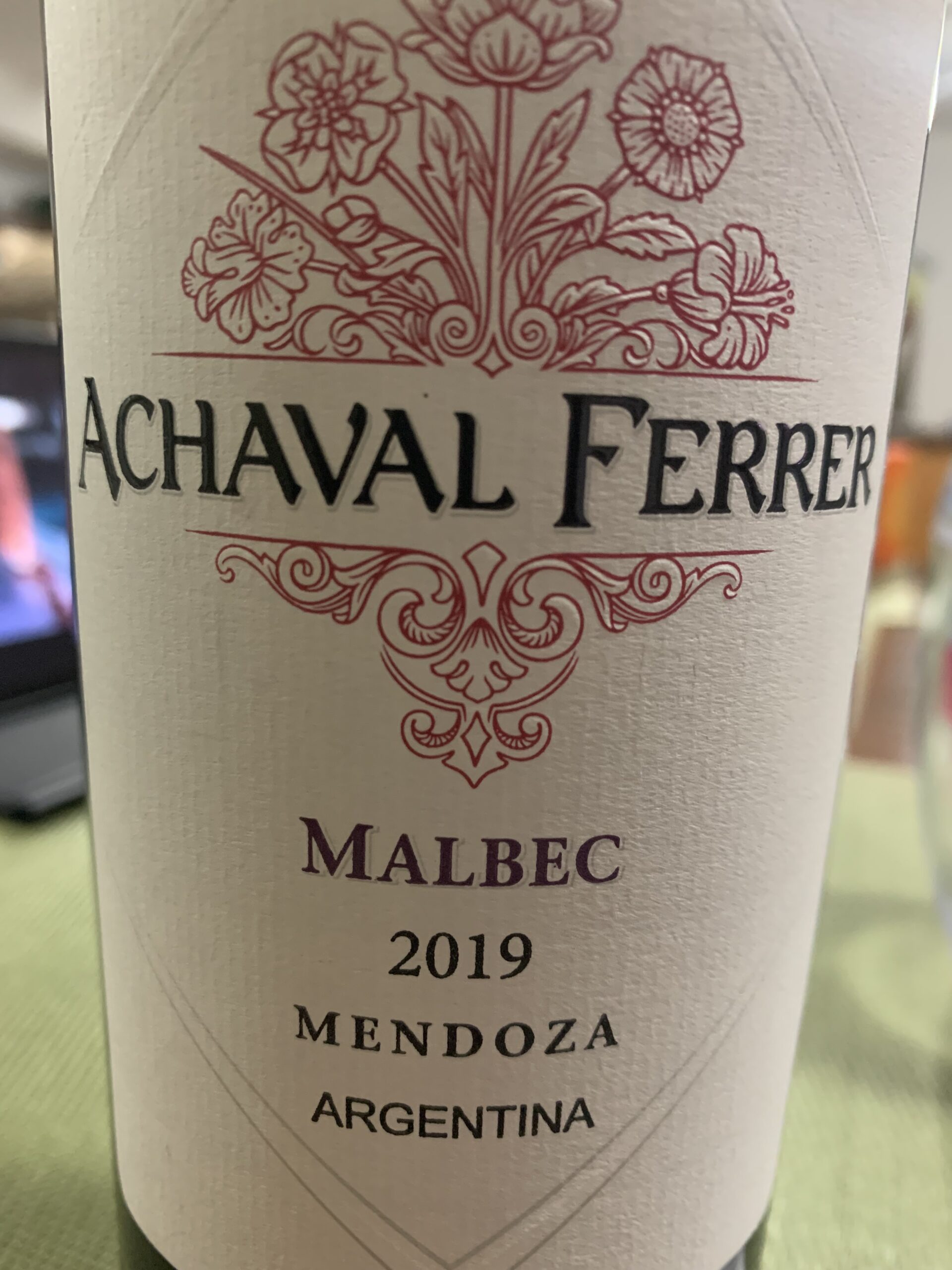Chateau Phélan Ségur Saint-Estèphe 2016 In 1805, Daniel Phelan, an Irish wine broker, acquired le Clos de Garamey, located in Saint-Estephe. The acquisition was followed in 1810 by the purchase of the Segur de Cabanac estate, creating a magnificent wine-producing domain that remains practically unchanged today. Bernard Phelan, upon his death in 1841, left this vast estate, known as Chateau Segur de Garamey, to his son Frank. Frank devoted his life to promoting the renown and improving the quality of the wines produced on his property, and at one point became the mayor of Saint-Estephe, holding the post for thirty years. Since 1985, Xavier Gardinier has been running the vineyard…
-
-
Chateau Fleur Cardinale Grand Cru 2012 Interesting!!!!…..The idea suddenly came to them late one evening just as they were about to fall asleep. It suddenly caught their imaginations. They mulled it over for a few minutes, but then decided no…it wasn’t realistic. Days later that idea was still in their minds. It just wouldn’t go away. They hinted at it to others, who smiled in approval. It was a daring idea perhaps, but there are times when you want to believe, and nothing will stop you. They decided to pursue it. It was Florence Decoster, the present owner, who first nurtured that idea and brought it to fruition in the…
-
Chateau Giscours 2012 Located in the heart of a beautiful 300-hectare estate, the 83-hectare Giscours vineyard is situated in the famous Margaux appellation. Though the estate was first mentioned in a document dating back to 1330, it was not until 1847 that Count de Pescatore laid the cornerstone of the remarkable chateau that now overlooks the vines. Giscours’ wines quality was confirmed by its inclusion as a third growth in the 1855 classification. The estate was purchased by Nicolas Tari after WW II. In 1995, the Chateau’s wine growing business was acquired by Eric Albada Jelgersma. The investment he has made in less than a decade mirrors his passionate commitment…
-
Chateau Latour Pauillac de Latour 2010 Chateau Latour is among the First Growth properties classified in the Bordeaux 1855 Classification. The estate is situated in the southern portion of Pauillac, bordering St. Julien and the Gironde estuary. Latour is considered one of the longest-lasting First Growths, reflecting its high proportion of Cabernet Sauvignon. The blend is typically Cabernet Sauvignon, Merlot, Cabernet Franc and Petit Verdot. The fruit is grown in vineyards with notably high levels of gravel and an ideal southeastern exposure. Latour is typified by its concentrated fruit and complexity. Chateau Latour also produces a second wine called Les Forts de Latour and a third wine labeled simply Pauillac,…
-
Chateau Palmer 2012 Alter Ego In 1938, four Bordeaux families – Sichel, Mähler-Besse, Ginestet, and Miailhe – all active in the Bordeaux fine wine trade – joined together to buy Palmer and restore it to the rank it deserved. Two of these families have since left the estate, leaving the Sichel and the Mähler-Besse families at the helm. Since their acquisition of Château Palmer, the families of shareholders have applied single-mindedly the key principles that contributed to the prosperity of this great wine: authenticity, quality and constancy. Originally from the Netherlands, the Mälher family were successful in the textile and the wine business. Having settled in Bordeaux with his wife…
-
La Dame de Montrose 2010 Château Montrose overlooks the Gironde Estuary. In fact, the proximity of this vast body of water (called locally “The River”) is a major advantage. The estuary is responsible for maintaining a mild microclimate and toning down extremes of temperature. Helped by the presence of nearby marshes, it provides remarkable air conditioning in the summer while also compensating for the severities of winter. The large gravel found throughout the estate’s topsoil originated in mountains in the Massif Central and the Pyrenees. These pebbles absorb the sun’s heat during the daytime and release it at night. This is an important way of improving the maturity of the…
-
Calon Ségur Saint-Estèphe 2010 Perhaps because it is one of the oldest estates in the Médoc, or perhaps because its most emblematic owner, the Marquis de Ségur, built an absolute legend around Calon. Historians date the origins of Calon back to the Gallo-Roman era. Its name is derived from the term “calones”, which were small transport boats that travelled up and down the Gironde estuary. Wine growing at the estate can be traced back to the 12th century, but it was in the 18th century, at the time of Nicolas-Alexandre the Marquis de Ségur, who also owned Latour, Lafite and Mouton, that the finest chapter of the property’s history was…
-
Chateau De Sales 2009 Pomerol Chateau de Sales, situated in the Right Bank appellation of Pomerol, is an estate with a long and prestigious history. Owned by the same family for over 500 years, the chateau is the largest in Pomerol with 47 hectares of vines. The soil of Chateau de Sales is characterized by an omnipresence of iron oxide, called “crasse de fer” locally, which gives the wine a distinct personality. The majority of aging for Chateau de Sales wines takes place in traditional concrete tanks, spending only 6 months in oak barrels, to preserve the wine’s qualities of freshness, fruitiness and terroir expression. Chateau de Sales has been…
-
Chateau Canon Clos Canon 2009 Saint-Émilion Grand Cru Chateau Canon can trace its modern history, which began in 1760 when it was Jaques Kanon, a privateer who made his fortune capturing English ships for Louis XV. In 1996 the world famous Fashion House Chanel purchased the Chateau and initiated a period of investment and renovation. Chateau Canon was managed by John Kolasa who also managed the Wertheimer’s other Bordeaux property located in Margaux, Chateau Rauzan Segla until 2015. Much of the progress in the wines, vineyard and cellars of Chateau Canon was due to multiple decades of work and effort from the team of Chateau Canon, which was headed by John…
-
Chateau Les Trois Criox 2010 Rouge The family of Patrick Léon always dreamed to make their own wine. Their dream became a reality in June, 1995 when the beauty of landscapes called them to a place called ” The Three Crucifixes “. Chateau Les Trois Criox, Three Crucifixes for three children (see top of wine label), a nice symbol to make a reality of this dream. Patrick LÉON is associated with some famous wines of Alexis Lichine, Rothschild, Opus One in California and Almaviva in Chile. The Castle of The Three Crucifixes, where a 1712 engraving in the stone of an arch in the cellar, manifests the rank of the…


